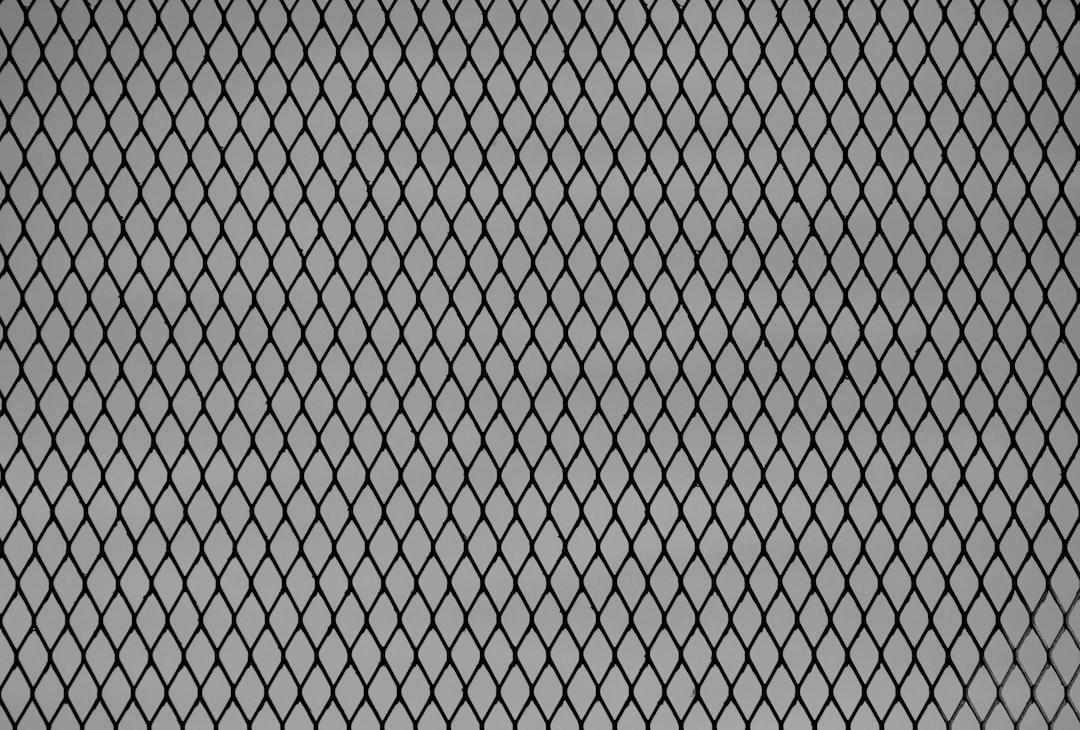body {
font-family: sans-serif;
line-height: 1.6;
margin: 20px;
}
h1, h2, h3 {
color: #333;
}
img {
max-width: 100%;
height: auto;
display: block;
margin: 20px auto;
}
Cold drawn hexagonal bars are a versatile and widely used type of steel bar, prized for their superior strength, accuracy, and surface finish. This comprehensive guide delves into the intricacies of these bars, exploring their manufacturing process, properties, applications, advantages, and specifications. Understanding these aspects is crucial for engineers, designers, and procurement professionals seeking high-performance materials for their projects.
The Cold Drawing Process: Shaping Precision
Unlike hot-rolled bars, cold drawn hexagonal bars undergo a process of deformation at room temperature. This process begins with a hot-rolled round bar, which is then subjected to a series of controlled reductions in diameter and shape using dies. The dies are precisely engineered to create the characteristic hexagonal cross-section. The cold drawing process significantly improves the mechanical properties of the steel, resulting in increased strength, ductility, and a finer grain structure. The precise control over the process allows for tight tolerances and superior surface finishes, minimizing the need for further machining.
The process typically involves several stages of drawing, with intermediate annealing steps to relieve stress and prevent work hardening. Lubrication is crucial throughout the process to reduce friction and ensure smooth drawing without damage to the bar. The final product is a highly accurate and dimensionally consistent hexagonal bar ready for use in a wide range of applications.
Mechanical Properties and Material Grades: Strength and Durability
Cold drawn hexagonal bars are available in various grades of steel, each offering a unique combination of strength, ductility, and hardness. Commonly used grades include low carbon steel, medium carbon steel, and alloy steels. The specific mechanical properties, such as tensile strength, yield strength, and elongation, are heavily influenced by the steel grade and the cold drawing process parameters. Higher carbon content generally leads to increased strength and hardness but can reduce ductility. Alloying elements further enhance specific properties, such as corrosion resistance or high-temperature strength.
Detailed specifications, including chemical composition and mechanical properties, are typically provided by manufacturers according to industry standards like ASTM (American Society for Testing and Materials) or other relevant international standards. These specifications are essential for selecting the appropriate grade of cold drawn hexagonal bar for a specific application.
Applications: Versatility Across Industries
The combination of high strength, precision, and good surface finish makes cold drawn hexagonal bars ideal for a vast array of applications across various industries. They are frequently used in:
- Automotive: Components such as axles, shafts, and connecting rods.
- Construction: Reinforcement bars and structural elements.
- Machinery: Shafts, spindles, and other precision components.
- Aerospace: High-strength components requiring tight tolerances.
- Manufacturing: Jigs, fixtures, and tooling.
The specific application will dictate the required steel grade, dimensions, and surface finish. Careful consideration of these factors is essential to ensure optimal performance and longevity of the final product.
Advantages of Cold Drawn Hexagonal Bars: Why Choose Them?
Several advantages contribute to the widespread use of cold drawn hexagonal bars:
- High Strength and Hardness: The cold drawing process significantly improves the mechanical properties of the steel, resulting in superior strength and hardness compared to hot-rolled bars.
- Excellent Surface Finish: The process produces a smooth and accurate surface, minimizing the need for further machining and reducing manufacturing costs.
- Tight Tolerances: Cold drawing allows for precise control over dimensions, ensuring consistency and accuracy.
- Improved Machinability: The finer grain structure resulting from cold drawing can enhance machinability in certain applications.
- Cost-Effectiveness: While the initial cost may be slightly higher than hot-rolled bars, the improved properties and reduced machining requirements often result in overall cost savings.
Specifications and Standards: Ensuring Quality and Consistency
Manufacturers adhere to strict standards and specifications to ensure the quality and consistency of cold drawn hexagonal bars. These specifications cover various aspects, including:
- Material Grade: Specifies the chemical composition and mechanical properties of the steel.
- Dimensions: Defines the precise dimensions of the hexagonal bar, including length and cross-sectional size.
- Tolerances: Specifies the allowable variations from the nominal dimensions.
- Surface Finish: Describes the quality of the surface finish, often specified using roughness parameters.
- Testing and Inspection: Outlines the methods used to ensure the quality and conformity of the bars to the specified standards.
Understanding these specifications is critical for selecting the appropriate bars for a given application and ensuring that the material meets the required performance criteria.
Choosing the right cold drawn hexagonal bar requires careful consideration of the application’s demands. By understanding the manufacturing process, mechanical properties, and available specifications, you can select the optimal material to ensure the success of your project.
Tags: Cold drawn hexagonal bars, hexagonal steel bars, cold drawn steel, steel bar specifications, steel bar applications




